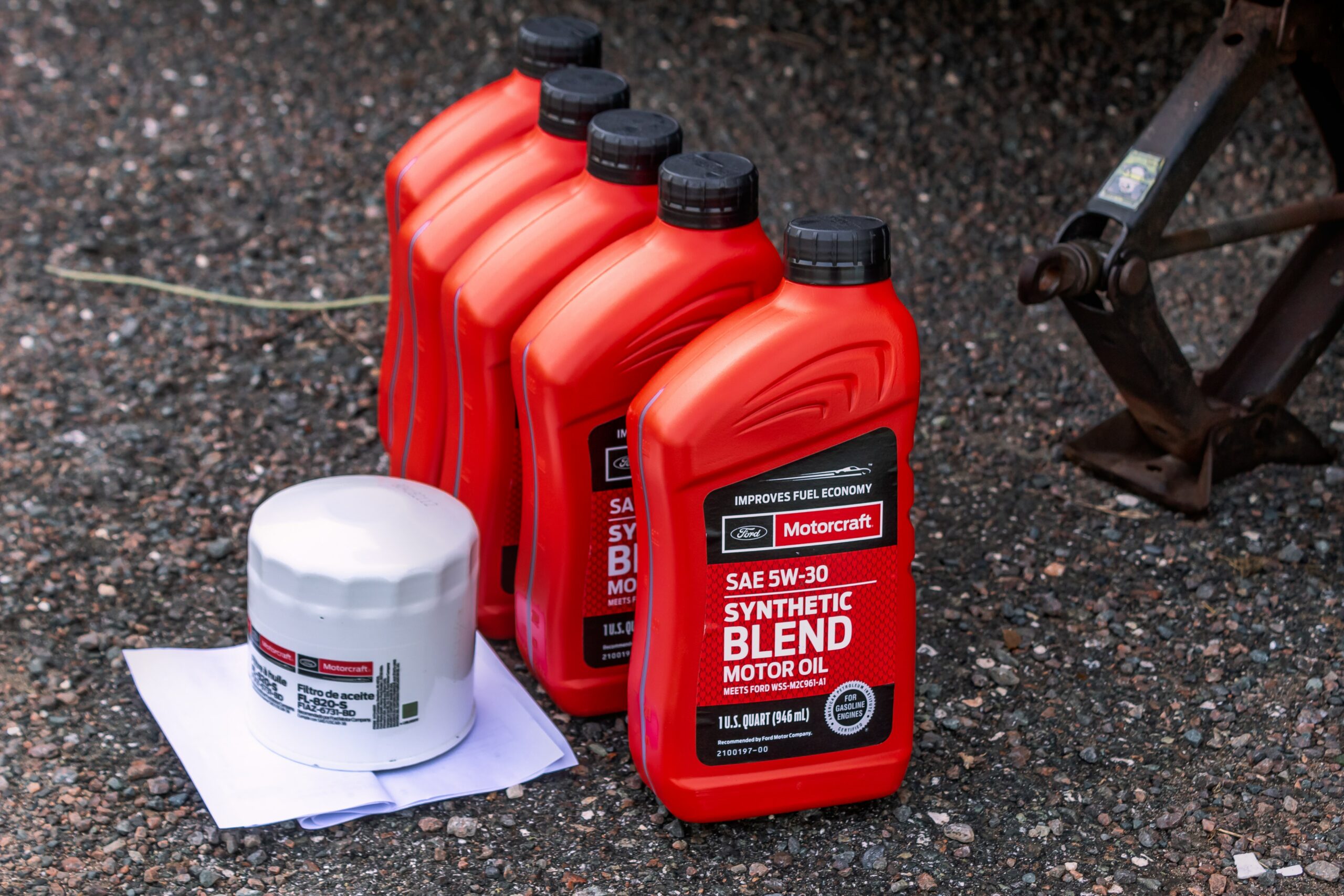You may have heard that you need to change your oil every three months or 3,000 miles, but is that true? The answer is: It depends! Some older vehicles, or vehicles that are driven particularly hard, will benefit from keeping to this schedule. However, most modern vehicles that receive regular or light use don’t need oil changes this often. So, how do you know when to change your oil? Give these tips a look and visit Ontario Auto Center for all of your vehicle repair needs in San Bernardino, California.

Most modern-day vehicles don’t need to have their oil changed every three months or 3,000 miles. Unless your vehicle is being run particularly hard with long, daily commutes, severe stop-and-go conditions or towing heavy loads, you probably won’t need to stick to this schedule. In fact, most vehicles today use some type of synthetic or synthetic blend oil which is designed to last longer. For a blend you might be able to go up to 7,500 miles before a change, and with full synthetic and optimal driving conditions, it might be up to 15,000 miles.
Additionally, almost all vehicles today come with an oil life monitor that tracks oil wear and delivers a dashboard warning when your oil life is coming to an end. So, you probably don’t even really need to be keeping track of the timing, because the car will help you make sure that the oil is in good condition and alert you when it’s time for a change. That being said, if you want to track oil wear yourself, you can do that easily by simply checking your oil monthly or when filling your tank.
One of the easiest ways to keep track of your oil change needs is to check your oil yourself. You can use the dipstick to assess oil wear and decide from there if you need to head to the service center. To check your oil, make sure your car is turned off, cool and sitting on level ground. Then, you want to pop your hood and locate the dipstick. It will often be a small loop at the end of a tube, sometimes it will be yellow or black and say “Oil” on it.
Pull the dipstick out of the tube and wipe it clean with a rag. Then, put it back into the tube and pull it out again for a fresh reading. Notice the level. There will be markings on the dipstick toward the bottom that indicate a low or full oil level. As long as the oil comes between those marks, you’re good on your level. If it’s near or under the low, you should add some oil to your engine. Also, check the consistency and color. It should be between a caramel or very dark brown color. If the oil is frothy, extra light in color or has small bits of material or metal in it, that’s an indication that something is wrong, and you’ll want to go to a service center for assistance.
Changing oil guidelines
While the three months/3,000 miles rule might be outdated for most vehicles and driving conditions, it’s still a good idea to keep an eye on your vehicle’s oil wear. If you need help changing your car’s oil or assessing its condition, please contact the service department at any of our dealerships here in Ontario, California.
While great effort is made to ensure the accuracy of the information on this site, errors can occur. Please verify all pricing information with a customer service representative. This is easily done by calling us or visiting us at the dealership.
Customer may not qualify for ALL Rebates shown. Some rebates are stackable and others can and cannot be combined. See Dealer For Complete Details.